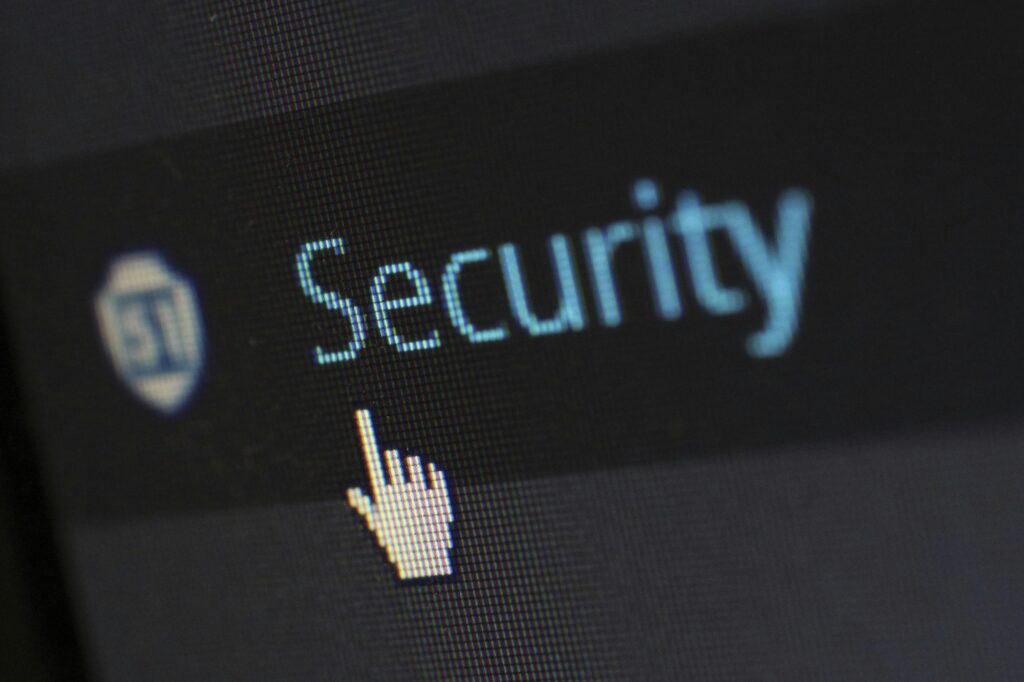In today’s digital landscape, where cyber threats are becoming increasingly sophisticated, protecting sensitive information is paramount for businesses. Voicemail systems, often overlooked in terms of cybersecurity, are a prime target for hackers and malicious actors seeking access to confidential data. Whether it’s customer information, internal business data, or even proprietary details, safeguarding your voicemail system is essential for maintaining security and privacy. We delve into the essential tips for securing your voicemail system and protecting your data from potential breaches. By adopting these strategies, businesses can reduce the risk of security incidents and enhance the overall integrity of their communication channels.
Use Strong Passwords and PINs
One of the first lines of defense in protecting your voicemail system is ensuring that it is secured with strong passwords and PINs. Default passwords are often easy for hackers to guess, making them vulnerable to unauthorized access. Always replace default passwords with complex ones that include a mix of letters, numbers, and symbols. Additionally, ensure that PINs are at least six digits long and avoid simple combinations like “1234” or “0000.”
To further enhance security, consider setting up multi-factor authentication (MFA) for voicemail access. MFA requires users to provide two or more verification factors, such as a password and a fingerprint scan, which adds an extra layer of protection.
Regularly Update Voicemail System Software
Like any other software, voicemail systems are susceptible to security vulnerabilities. Manufacturers often release updates to address these vulnerabilities and improve the system’s overall security. It’s essential to regularly check for and install updates to ensure that your voicemail system remains protected against the latest threats.
This includes firmware updates for hardware-based voicemail systems as well as software updates for cloud-based platforms. By keeping your voicemail system up to date, you minimize the risk of security gaps that could be exploited by cybercriminals.
Encrypt Voicemail Messages
Encryption is one of the most effective ways to protect sensitive voicemail messages. By encrypting voicemail content, you ensure that even if hackers gain access to your system, they cannot easily read or exploit the information. Many modern voicemail systems offer built-in encryption, but it’s crucial to ensure that this feature is enabled and properly configured.
Encryption protects voicemail messages both during transmission and when stored within the voicemail system. With end-to-end encryption, the data remains secure from the moment it’s recorded to the moment it’s accessed by the intended recipient, ensuring that sensitive information remains protected at all times.
Limit Access to Voicemail Systems
Not everyone within your organization needs access to the voicemail system. Limiting access based on roles and responsibilities ensures that only authorized individuals can listen to, delete, or manage voicemail messages. Assign specific privileges to different employees, with higher-level access granted only to those who need it to perform their duties.
In addition to limiting access, establish strict policies on who can retrieve voicemail messages and from what devices. This reduces the risk of unauthorized access through personal or unsecured devices. For example, consider disabling remote voicemail retrieval on devices that are not secured with passwords or other protection measures.

Implement Voicemail Auditing and Monitoring
To proactively identify any potential security issues, implement auditing and monitoring features within your voicemail system. Auditing tracks who is accessing voicemail messages, when they are being accessed, and any changes made to the system. Monitoring, on the other hand, involves regularly checking system logs for suspicious activities.
By setting up alerts for unusual access patterns or activities, you can quickly detect and respond to any potential breaches. For example, if an employee accesses a voicemail inbox they are not authorized to view, you will receive an alert and can take immediate action to prevent further unauthorized activity.
Secure Voicemail Systems with Strong Network Protection
Voicemail systems are often connected to company networks or the cloud, making them vulnerable to external threats. To ensure the security of your voicemail system, implement strong network protection measures such as firewalls, intrusion detection systems (IDS), and encryption for data in transit.
Secure network protocols like HTTPS and VPNs (Virtual Private Networks) ensure that any data transmitted from or to your voicemail system remains encrypted and secure. Additionally, regularly scanning your network for vulnerabilities can help detect and mitigate potential risks before they can be exploited.
Educate Employees About Voicemail Security
No amount of technology can replace human vigilance. Educating employees about the importance of voicemail security is critical in maintaining a safe environment. Ensure that all employees understand the risks associated with voicemail systems and are trained in best practices for securing them.
Training should cover topics like not sharing PINs or passwords, recognizing phishing attempts, and reporting suspicious voicemail activity. By fostering a security-conscious workplace, you can reduce the likelihood of human error leading to a data breach.

Backup and Restore Voicemail Data
Even with the best security measures in place, it’s essential to have a backup plan in case your voicemail system is compromised or data is lost. Regularly back up voicemail messages and system configurations to a secure location, whether it’s in the cloud or on an encrypted external storage device.
Ensure that your backup solution is also protected with strong security protocols to prevent unauthorized access. Additionally, test the restoration process periodically to ensure that you can recover voicemail data in the event of a disaster or cyberattack.
Secure Cloud-Based Voicemail Solutions
For businesses using cloud-based voicemail services, it’s important to choose a provider that prioritizes security. Look for cloud voicemail solutions that offer robust encryption, multi-factor authentication, and regular security audits. Research the provider’s track record for handling security incidents and ensure that their data centers are compliant with industry standards.
Cloud-based systems are convenient, but they also come with risks, as the data is stored remotely. Make sure that the provider offers guarantees regarding data protection and that the system complies with relevant data protection regulations like GDPR or HIPAA.
Secure Physical Access to Voicemail Systems
For businesses using on-premises voicemail systems, securing physical access to the hardware is just as important as securing digital access. Ensure that the servers and devices hosting your voicemail system are stored in a secure location, such as a locked server room or data center. Limit access to only those who require physical interaction with the system.
If employees need to access the voicemail system for maintenance or troubleshooting, ensure that they are properly vetted and authorized to do so. Physical security is an often-overlooked aspect of voicemail protection but can play a significant role in preventing unauthorized access and tampering.
Conduct Regular Security Audits
Regular security audits are critical for identifying any hidden vulnerabilities within your voicemail system that could be exploited by malicious actors. These audits should include an in-depth review of user access permissions, system configurations, and network security protocols. By staying proactive with security assessments, businesses can ensure that their voicemail systems are always running optimally and free from potential threats.
It’s important to establish a schedule for these audits, whether quarterly or annually, to stay ahead of evolving cyber threats. An effective audit will identify weaknesses not only in software but also in user behavior, helping companies create stronger policies around password management, data storage, and user training. Third-party cybersecurity experts can bring fresh insights into your security practices, providing more in-depth analysis and advice for strengthening your voicemail infrastructure.

Implement Role-Based Access Controls (RBAC)
Role-Based Access Control (RBAC) is an essential tool for managing who has access to sensitive voicemail content and features. By implementing RBAC, you can restrict access to voicemail systems based on job roles and responsibilities, reducing the potential for human error or malicious activity. For instance, senior management may have full access to the system, while support staff may only have access to customer-related voicemail messages.
RBAC also provides an easy way to comply with data protection regulations like GDPR, as it ensures that only authorized individuals can access personal or confidential information. Additionally, RBAC can be tied to a system of least privilege, where employees only have the minimum level of access necessary for their tasks, further safeguarding sensitive data. Enforcing strong access control practices is key to maintaining the security of voicemail systems, especially when combined with other measures like multi-factor authentication (MFA).
Use Secure Mobile Access for Voicemail Systems
As employees increasingly use mobile devices for accessing company voicemail, ensuring the security of these devices becomes paramount. Mobile security should be treated as a high priority, as unsecured devices can create an entry point for attackers. Utilize mobile device management (MDM) solutions to monitor, manage, and secure all mobile devices that access the voicemail system.
MDM allows you to enforce policies like remote wiping of voicemail data if a device is lost or stolen. By securing mobile devices with encryption and authentication measures such as PINs, face recognition, or biometric data, you can protect the integrity of your voicemail system, ensuring that no unauthorized person can access confidential messages. Additionally, using VPNs when accessing voicemail remotely can help safeguard communications from hackers or malicious software.
Monitor Voicemail System Performance and Security
Monitoring the performance of your voicemail system is just as important as securing it. Continuously tracking performance metrics can provide valuable insights into the system’s health and security. Monitoring data traffic, system logs, and user access can help detect anomalies or unauthorized access attempts in real time.
For example, if a large volume of failed login attempts occurs in a short period, it may indicate that someone is trying to hack into the system. By setting up alerts for suspicious activities, businesses can respond quickly to mitigate potential threats. In addition, performance monitoring ensures that the voicemail system runs efficiently, reducing downtime and minimizing disruptions that could affect customer satisfaction.
Regularly reviewing the system’s security configurations, updating software, and patching known vulnerabilities ensures that your voicemail system remains fortified against evolving cybersecurity threats.

Strengthen Email and Voicemail Integration Security
Many businesses link their voicemail systems with email to allow voicemail transcriptions or audio files to be sent to employees. While this integration provides convenience, it also increases the need for secure communication channels. Ensure that all voicemail-to-email integrations are encrypted, both in transit and at rest, to protect against unauthorized access or data interception.
Employing secure email gateways can prevent harmful attachments or phishing emails from reaching your employees, reducing the risk of email-based attacks. Encryption technologies, such as TLS (Transport Layer Security) and end-to-end encryption, should be mandatory to ensure that voicemail data remains private as it travels through email systems. Additionally, businesses should restrict email access to only authorized users and regularly audit email account permissions to prevent unauthorized entry into voicemail-related communications.
Create a Data Retention and Disposal Policy
To minimize the risk of retaining unnecessary or outdated voicemail messages, create a clear data retention policy that outlines how long voicemail messages should be stored and how they should be disposed of when no longer needed. For example, you may retain voicemail messages related to customer support for a set period, while messages associated with marketing campaigns or financial data may have a shorter retention period.
Establishing a routine process for the secure disposal of voicemail data is essential in mitigating data breaches. Use industry-standard methods for data destruction, such as secure deletion protocols, to ensure that voicemail data cannot be retrieved after it’s disposed of. Additionally, setting up automated systems for deleting expired voicemail data ensures compliance with both internal policies and external data protection regulations, such as GDPR.
Prioritizing Voicemail Security for Data Protection
Voicemail systems are an essential part of modern business communication, but they also pose significant risks if not properly secured. By implementing strong passwords, encrypting messages, limiting access, and educating employees, businesses can protect sensitive data and prevent breaches.
As cyber threats continue to evolve, it’s critical to stay proactive in securing your voicemail systems to protect your business and maintain customer trust. By following these essential tips, you can ensure that your voicemail system remains a secure and reliable tool for communication.



Recent Comments